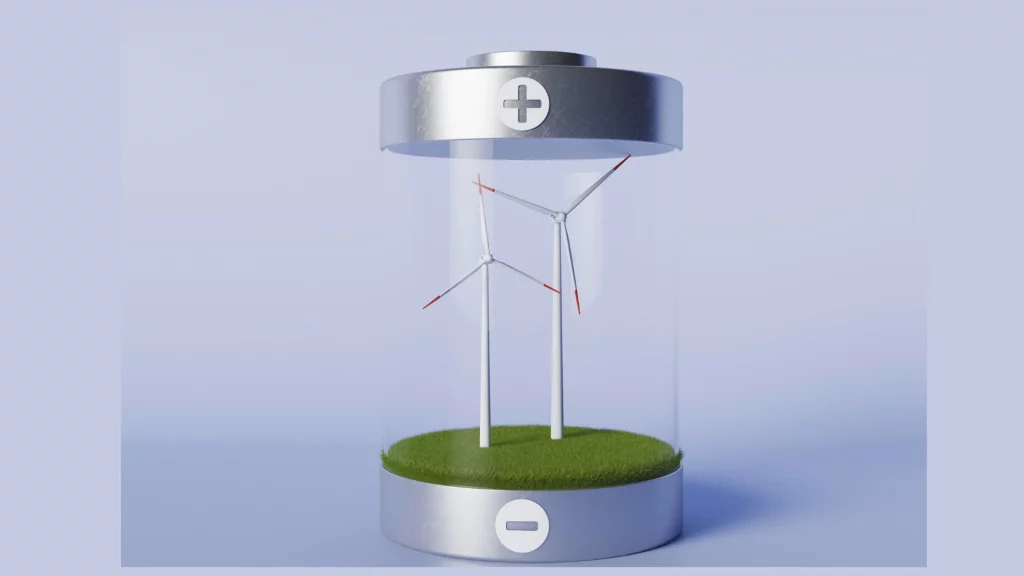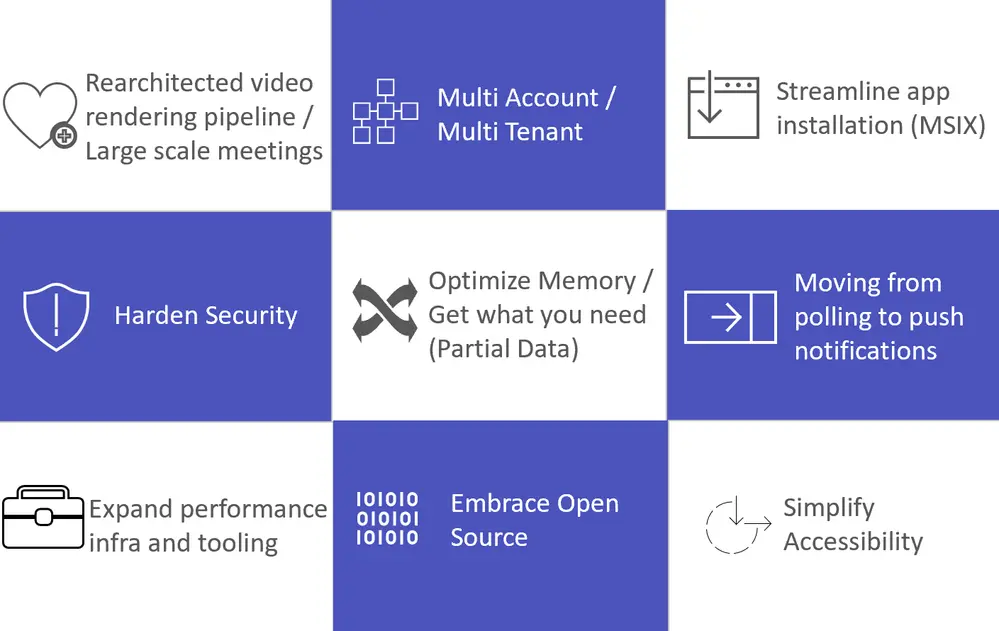Strategies and Innovations: Sustainable Solutions for Lithium Scarcity

Lithium has emerged as a crucial element in modern society, powering everything from smartphones to electric vehicles. Its lightweight and high energy density makes it an ideal material for lithium-ion batteries, which have become the standard in portable electronic devices and electric cars. As the demand for these technologies continues to grow, so does the need for lithium. However, this increased demand has led to concerns regarding the scarcity of lithium and its long-term sustainability.
Table of Contents
Understanding the challenges of lithium scarcity
Lithium scarcity is a complex issue with multiple contributing factors. Firstly, lithium reserves are limited, and most known lithium deposits are concentrated in a few countries, such as Australia, Chile, and China. This concentration of resources poses geopolitical risks and can lead to price fluctuations and supply chain disruptions. Additionally, the extraction and production of lithium can have negative environmental impacts, including water scarcity and pollution.
Current solutions for lithium scarcity
Various solutions have been implemented to address the challenges of lithium scarcity. One approach is to increase lithium production by expanding existing mines and discovering new deposits. Additionally, efforts have been made to improve lithium extraction technologies, such as developing more efficient and environmentally friendly extraction methods. Recycling lithium from used batteries is another avenue being explored to reduce the dependence on primary lithium sources.
Innovations in lithium extraction and recycling
Significant advancements in lithium extraction and recycling technologies have occurred in recent years. Innovations such as direct lithium extraction from brine and geothermal sources have shown promise in increasing lithium production while minimizing the environmental impact. These methods utilize selective sorbents or membranes to extract lithium ions from water sources, allowing for more efficient and sustainable extraction processes.

Sustainable mining practices for lithium
Sustainable practices are being implemented to ensure the long-term sustainability of lithium mining. Companies adopt responsible mining practices, prioritizing environmental protection, worker safety, and community engagement. This includes water recycling, land rehabilitation, and using renewable energy in mining operations. By adopting these practices, the negative impact of lithium extraction can be minimized, and the industry can move towards a more sustainable future.
Alternative materials for lithium-ion batteries
In addition to improving lithium extraction and recycling, researchers are exploring alternative materials for lithium-ion batteries. These materials include sodium, magnesium, and solid-state electrolytes, which have the potential to offer similar or even better performance than traditional lithium-ion batteries. By diversifying the materials used in battery production, the demand for lithium can be reduced, mitigating the issue of lithium scarcity.
Government policies and regulations for lithium sustainability
Government policies and regulations play a crucial role in ensuring the sustainability of lithium. Governments are implementing measures to promote responsible mining practices, encourage recycling, and support research and development of alternative battery technologies. By providing incentives and setting standards, governments can incentivize adopting sustainable practices and drive innovation in the lithium industry.
Collaborations and partnerships for sustainable lithium solutions
Addressing the issue of lithium scarcity requires collaboration and partnerships between various stakeholders. Governments, industry players, research institutions, and environmental organizations are coming together to develop sustainable solutions. These collaborations involve sharing knowledge, pooling resources, and working towards common goals such as responsible mining, efficient extraction technologies, and recycling initiatives. By leveraging the expertise and resources of multiple stakeholders, sustainable lithium solutions can be achieved.
Case studies: Successful examples of sustainable lithium initiatives
Several case studies demonstrate successful sustainable lithium initiatives. One example is the collaboration between a mining company and a local community to develop a mine that prioritizes environmental protection and community well-being. This initiative involves extensive community engagement, implementation of sustainable mining practices, and ongoing monitoring of environmental impacts. Another case study is establishing a lithium recycling facility that extracts and reuses lithium from used batteries, reducing the demand for primary lithium sources. These examples highlight the potential for sustainable solutions in the lithium industry.
The future of lithium sustainability
The future of lithium sustainability lies in continued innovation and collaboration. Advancements in lithium extraction, recycling technologies, and alternative battery materials will play a vital role in addressing the issue of lithium scarcity. Additionally, the development of comprehensive government policies and regulations and increased collaboration between stakeholders will drive the adoption of sustainable practices in the lithium industry. By working together, we can ensure a sustainable and secure lithium supply for the technologies that power our modern society.

What solutions are being developed to address the global scarcity of lithium?
The global scarcity of lithium is a pressing concern that requires comprehensive solutions. Researchers and industry players are actively developing various approaches to address this issue. These include advancements in lithium extraction technologies, such as direct extraction from brine and geothermal sources, and the development of alternative battery materials and recycling technologies. Additionally, governments are implementing policies and regulations to promote responsible mining practices and encourage the adoption of sustainable solutions. Collaborations and partnerships between stakeholders are also driving innovation and knowledge-sharing. Together, these efforts aim to ensure a sustainable and secure lithium supply for the future.
Conclusion
As the demand for lithium continues to rise, it is crucial to develop sustainable solutions to address the issue of lithium scarcity. Current efforts focus on improving lithium extraction and recycling technologies, adopting sustainable mining practices, exploring alternative battery materials, and implementing government policies and regulations. Collaborations and partnerships between stakeholders are also crucial in driving innovation and achieving sustainability in the lithium industry. By working together, we can ensure a secure and sustainable lithium supply, supporting the advancement of technologies that rely on this vital resource. Through these strategies and innovations, we can pave the way for a future where lithium scarcity is no longer a concern.






